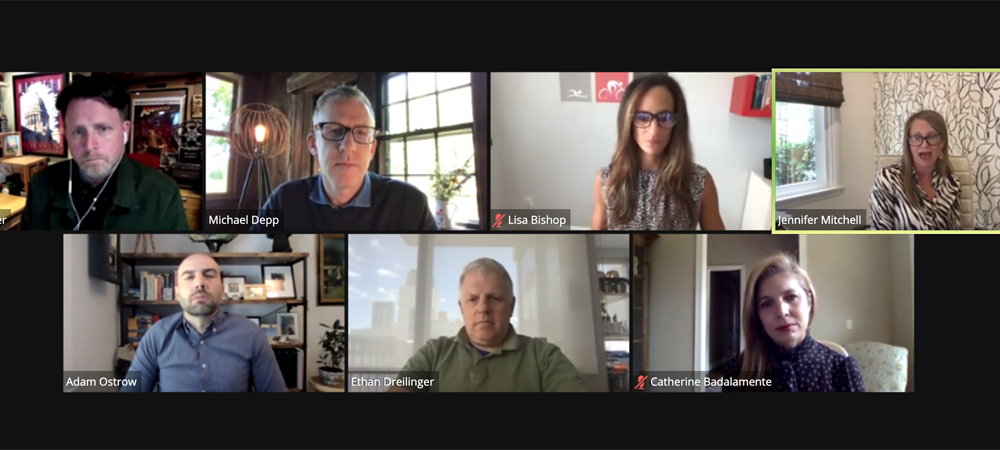
Streaming, Data Top TV Digital Execs’ Priorities

Local broadcasters have come a long way on their digital platforms.
Streaming has opened up a vital flank to grow audiences and monetization, and station groups have made a marked improvement handling audience data, enabling more actionable relationships there.
Digital teams have refined their understanding of which forms of content are more suitable for different platforms, sharpening their versioning skills. At the same time, the multitude of platforms has opened up opportunities for different types of storytelling and exposure to new audiences and demographics.
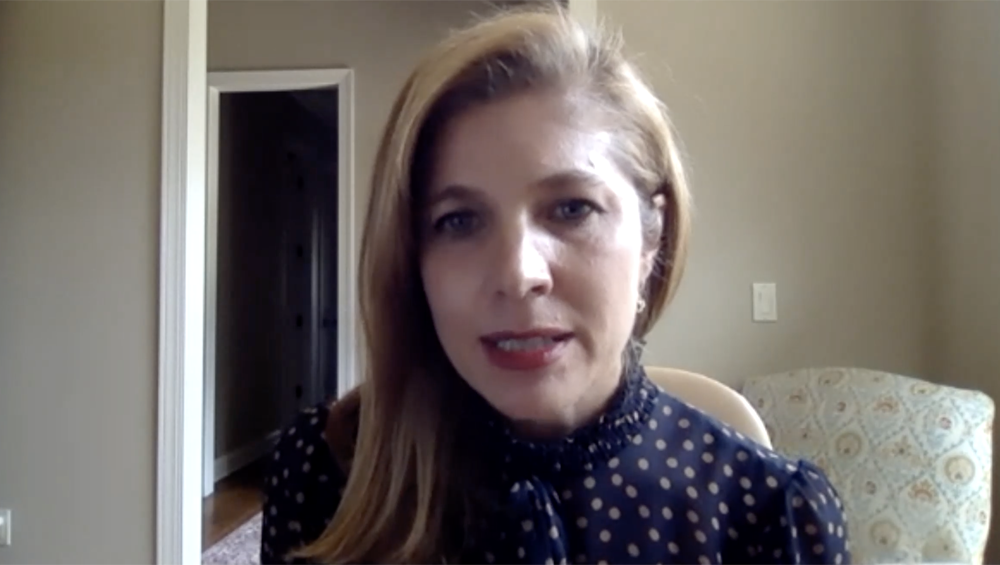
Catherine Badalamente
Creating great content and having audiences view that content isn’t enough, though, digital officers said during TVNewsCheck’s Digital Leaders on New Frontiers webinar last week. Tracking audience engagement and gathering first-party data is essential to delivering top-notch user experiences.
“We recognize we have to tell stories differently depending on who the audience is,” said Catherine Badalamente, VP and chief innovation officer, Graham Media Group.
While some content can work across all platforms, broadcasters said they are tailoring stories for different platforms by versioning them.
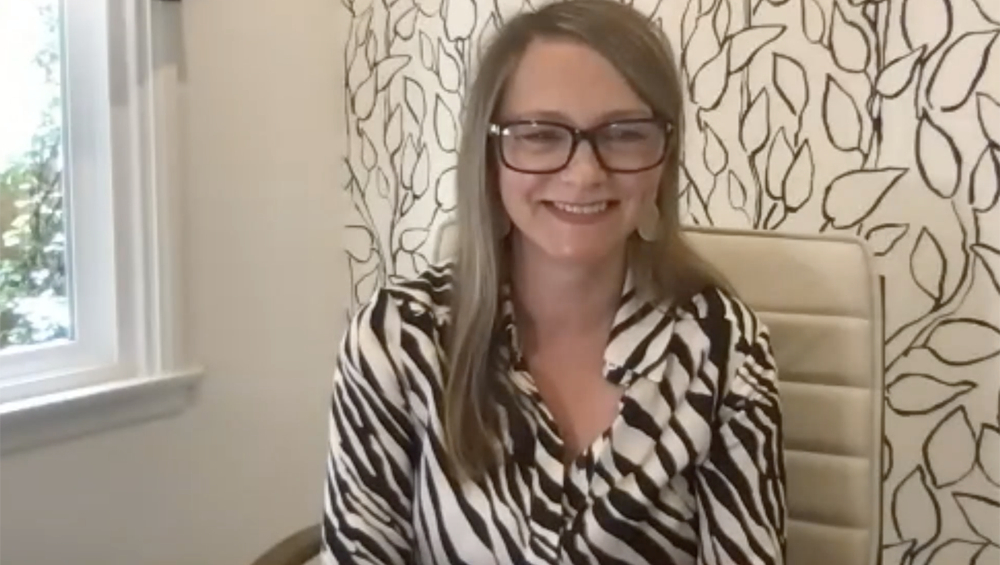
Jennifer Mitchell
“There are reasons people go to certain platforms for certain types of content,” said Jennifer Mitchell, SVP content development, ABC Owned Television Stations.
For instance, short-form video works well for Snapchat while longer form content, such as “director’s cuts,” resonates more with the streaming “lean-back, television-like experience,” she said.
Ethan Dreilinger, global client solutions engineer, The Weather Company, said that when content is presented in a way that is meaningful to the user, it can grow the audience. Broadcasters need to “make sure the content meets the needs of the platform,” he said. “Versioning is important, and understanding the different platforms and the way people use those platforms is important.”
For instance, said Adam Ostrow, Tegna’s chief digital officer, Tegna’s OTT viewers have higher average watch times than other platforms. Viewers are using Roku and apps to access “time-shifted news” and then finding other content they want to watch, he said. Sometimes, that content is an extended version of what was on television, he added.
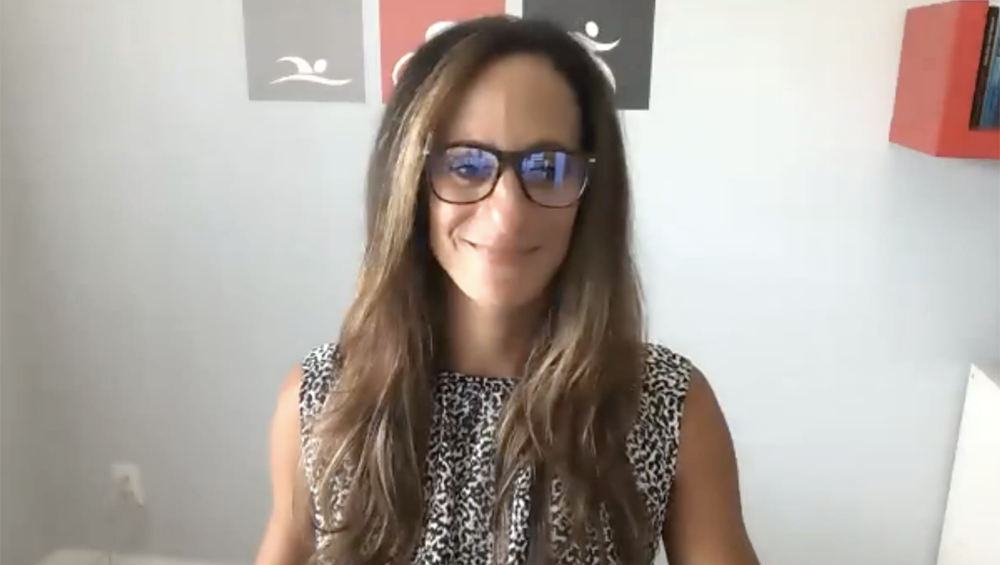
Lisa Bishop
Lisa Bishop, chief digital officer, Allen Media Broadcasting, said that on the other hand, Allen Media stations weren’t versioning stories at the onset of the pandemic, when their OTT numbers skyrocketed.
“We were just trying to produce content and distribute it as quickly as possible,” she said. “Streaming content is only as good as the content the stations are producing.” However, she noted, Allen stations are primarily using social as a marketing tool, promoting stories and where to find them.
Digital’s Content Opportunities
Many broadcasters are embracing the possibilities for content creation the OTT world opens up for them.
For instance, Mitchell said, ABC’s Our America series, available on OTT apps, “tackles what’s going on” in America right now.
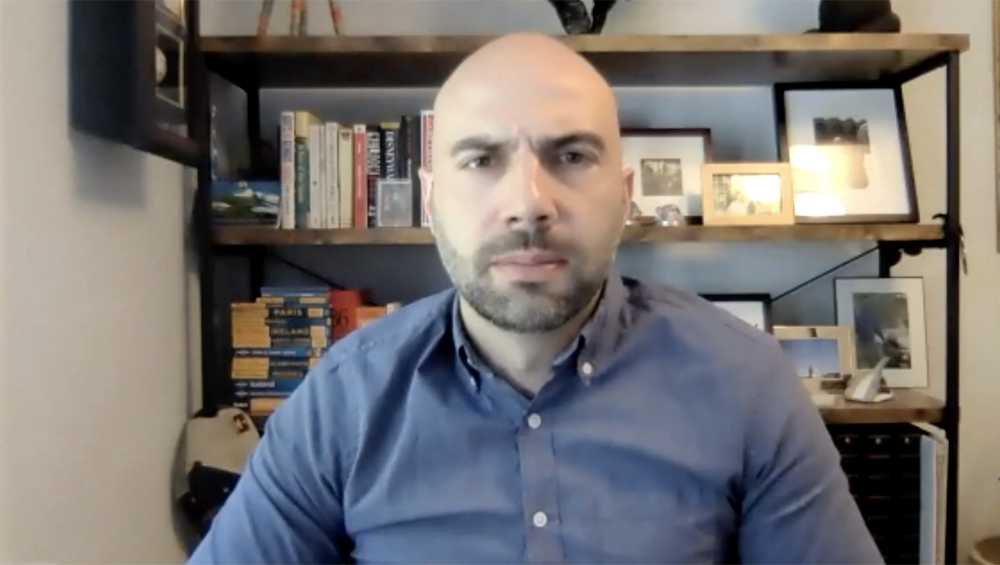
Adam Ostrow
“What better platform, what better place to handle this?” she asked, noting linear television offers a limited number of minutes to broadcast each day as opposed to OTT content.
For linear, it might be only a 22-minute piece, but for OTT, the story can be as long as it needs to be, she said. “It’s really freeing.”
ABC also produces Localish, intended to attract the next generation of audience while focus on positive storytelling of local news.
“When people think of local news, there’s negative sentiments, there’s crime, there’s murder, there’s mayhem,” Mitchell said. Localish, by contrast, takes a positive spin, and audience reaction has “been really positive.” And advertisers like it, too, she emphasized.
Because of the “positive nature of content, it’s brand-friendly, brand-safe from an ad perspective,” Mitchell said. Hard news, on the other hand, is “not always something an advertiser, particularly in the digital space, wants to be associated with.”
Graham has started its Solutionairies series based on the idea of not just reporting on problems but finding potential solutions for them, Badalamente said.
The first episode, around police reform, was aimed at “not just do a good news show, but let’s do a show that’s good for you” and that brings “real solutions for our communities.”
And the reporting franchise Verify, created by Tegna in 2015, exists to combat misinformation. It “performed better than any pilots we’d seen,” Ostrow said. Last year, Tegna turned Verify into a multi-platform brand that publishes multiple video packages per day.
Available on the Snapchat Discover platform, Verify has more than 170,000 subscribers, the majority of whom are a different demographic than Tegna stations typically reach via television, he said.
Getting Good Audience Data
But sometimes audiences consume a station’s content on multiple platforms, which raises the question of whether broadcasters are “double counting audiences across platforms. That’s why engagement is so important,” Bishop said.
Currently, she added, some audience tracking is a manual process. Mitchell agreed, saying she was looking for ways to improve tracking minutes watched.
In general, broadcasters know too little about their audiences, Badalamente said, especially when compared alongside social media companies.
“I want to take back the power we’ve given over to social,” she said.
Graham’s membership model gathers first-party data of the audience, Badalamente said. “If we know more about our audience, we can serve them better. Every time we interact with our audience, we get something back.”
To that end, Graham is launching a data management platform to make the collected data actionable, she said.
Members of the Graham audience can receive exclusive offers or participate in “a survey that only goes out to our insiders,” she said. “They love having that two-way conversation with our stations. It’s sometimes the littlest things that members value the most.”
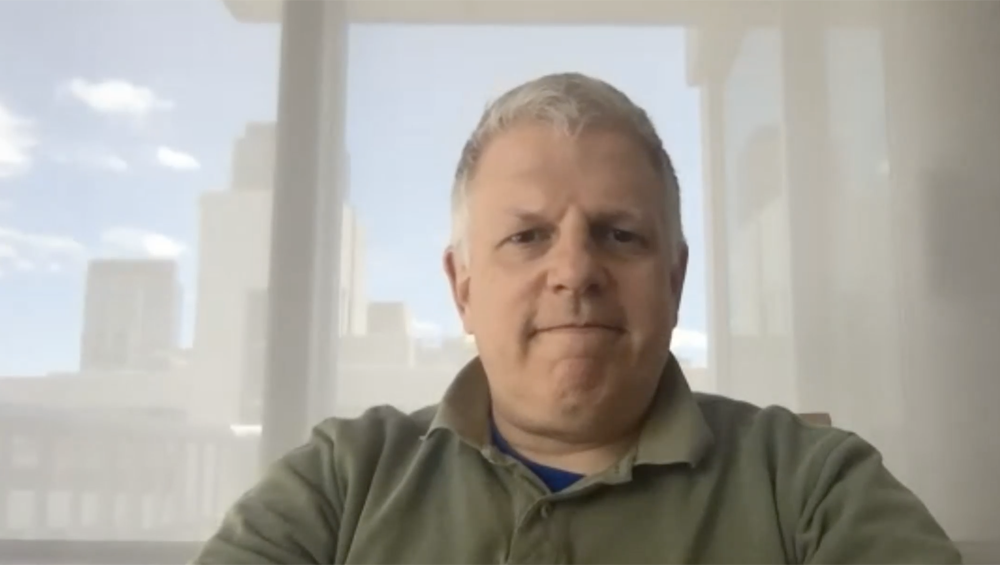
Ethan Dreilinger
Dreilinger said weather can “be a significant part” of a broadcaster’s OTT strategy. As a platform, he said, digital delivers audience and revenue and engagement. “We’ve got great content, people are watching 13-plus hours of content a day, how do you monetize that?” Dreilinger said.
One way Weather.com has monetized its content is with a subscription to “tiered up” information including a 24-hour radar and 15-day forecasts.
“They numbers are low, but the revenue is actually pretty good” with about 2.5% of the base paying for subscriptions, Dreilinger said.
Derek Gebler, VP of broadcast and video, TownNews, said TownNews is working to build more hooks into the OTT side of things via a registration model in a bid to collect more first-party data.
The point, he said, is to tie all the platforms together so whether a viewer watches a video on OTT, then on a desktop or mobile, “we’re making sure that part of the registration process we have in place follows the user across the different platforms.”
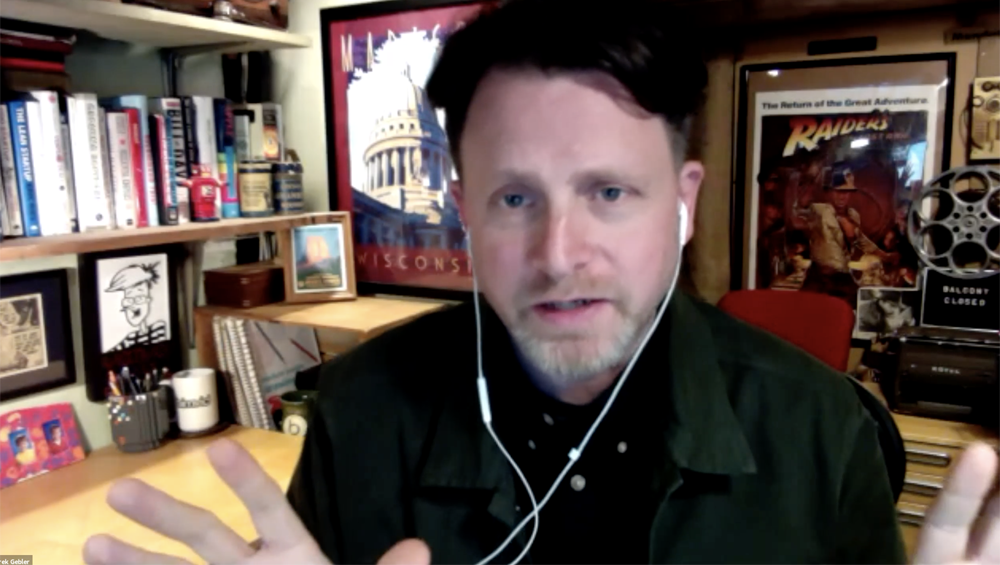
Derek Gebler
TownNews is also building in a lot of customization, such as for with weather and podcasts, he said. “We’re finding new ways to apply customization to OTT that we never originally envisioned.”
And at the same time, he said they are “laying the building blocks for” broadcasters to offer pay-per-view events in OTT.
For now, the state of streaming is “a bit of the wild, wild West,” Mitchell said, and broadcasters are trying to figure streaming out in real-time. “We are laser-focused on what the opportunities are in the streaming space and navigating that.”
































Comments (0)